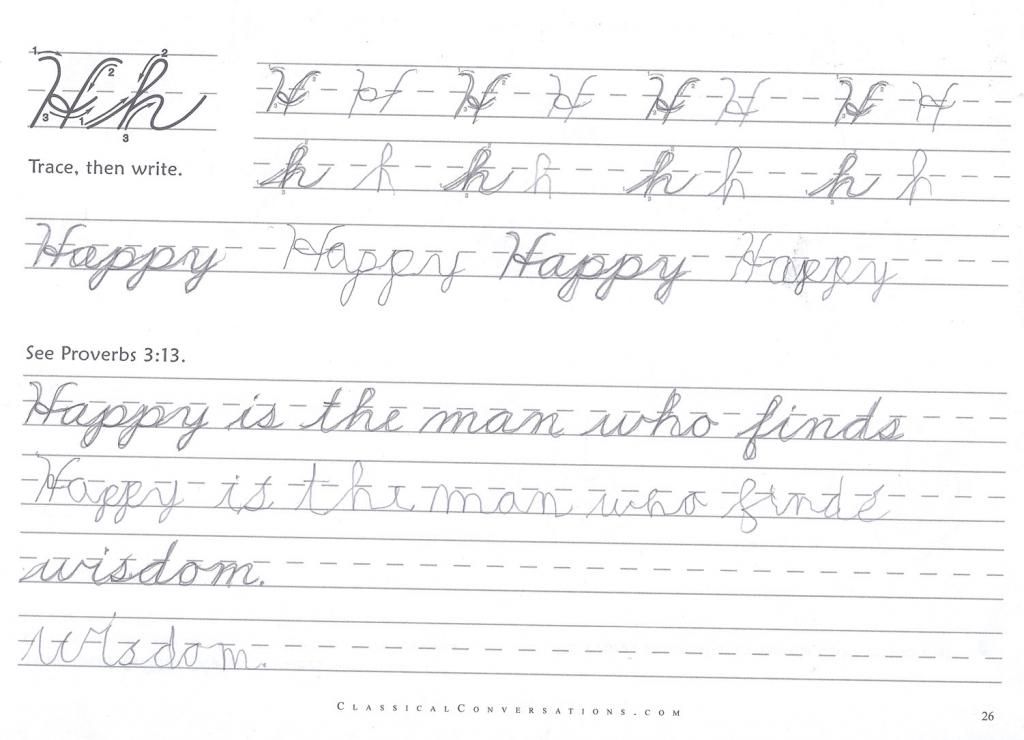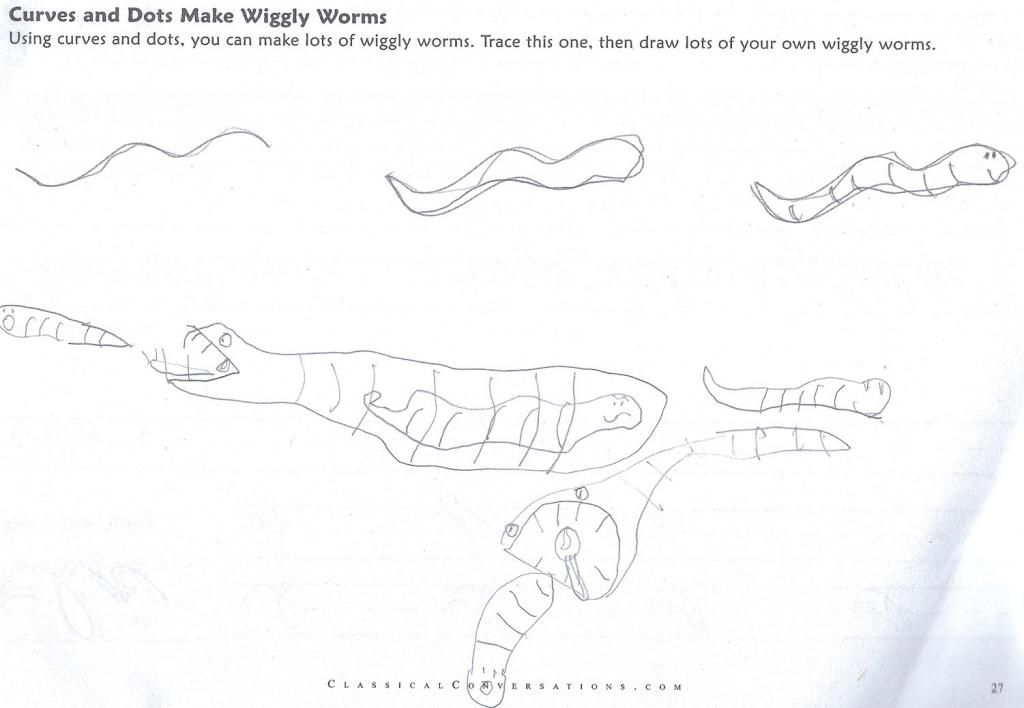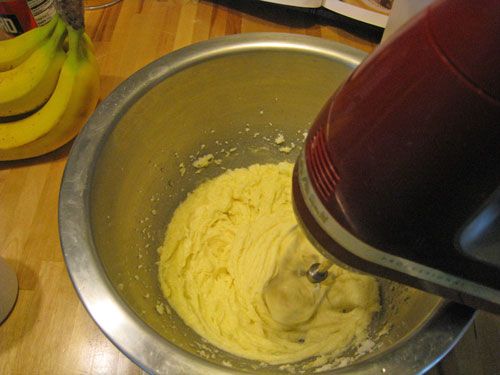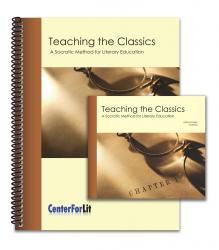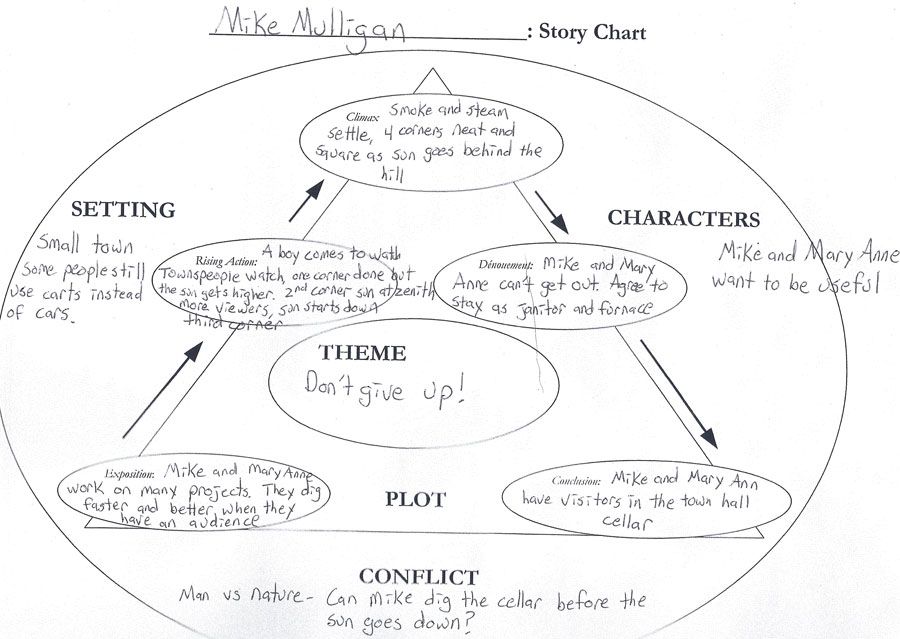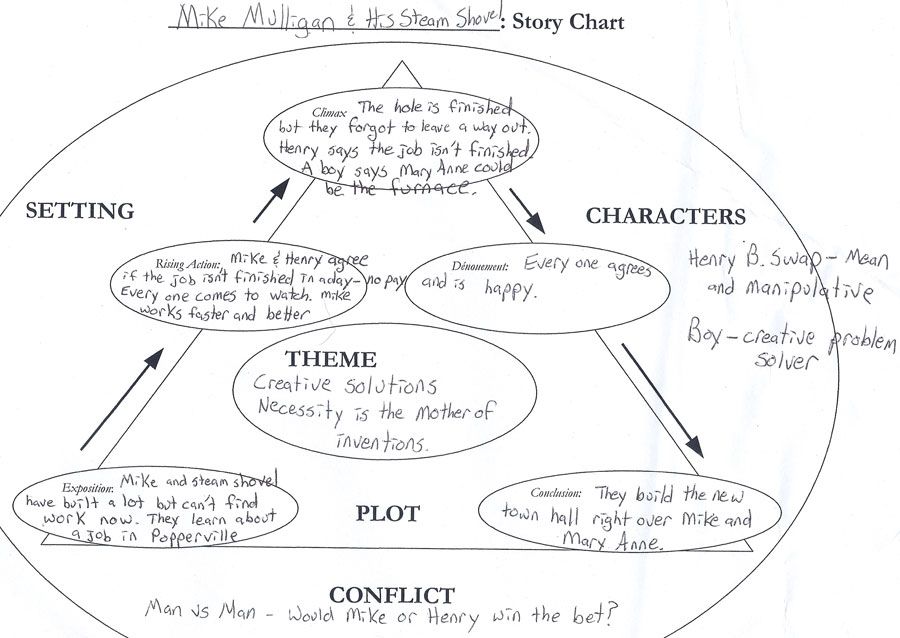 First, let me start by saying that this summer has really been quite pleasant—especially when compared to the drought of last year and nearly 3 solid weeks of temps over 100. Yet even last year, in an effort to stretch every dollar to its breaking point, we turned the thermostat up as high as we could stand it to keep the electric bill down. For us, keeping cool means finding another venue with air conditioning during the day. And yet we still want to avoid the temptation to spend in other ways, i.e. we’re not going to browse the mall. Here are some things we’ve found.
First, let me start by saying that this summer has really been quite pleasant—especially when compared to the drought of last year and nearly 3 solid weeks of temps over 100. Yet even last year, in an effort to stretch every dollar to its breaking point, we turned the thermostat up as high as we could stand it to keep the electric bill down. For us, keeping cool means finding another venue with air conditioning during the day. And yet we still want to avoid the temptation to spend in other ways, i.e. we’re not going to browse the mall. Here are some things we’ve found.
The Movies
The cinema just up the road always offers a series of eight children’s movies on Tuesdays and admission is only $1.00. I know regionally the Wehrenberg Theaters offer 10 weeks of films on both Wednesdays and Thursdays. So look in your area for independent or theater chains that have a similar program. The movies aren’t new releases, but generally are less than three years old. Even if you have seen the picture before you get to sit in a dark and cool theater. Since we don’t go to the movies often a lot of them are still new to us. Now this option only remains frugal if you resist the temptation to buy popcorn and drinks. I make sure my son understands this before we enter the theater. And if you have a baby or a chatty toddler don’t worry that they will disturb the audience—we’re all in the same position. Another tip—you may need to arrive early. Free or nearly free movies can be pretty popular. I’ve seen whole day camps and day care centers show up at our theater.
Bowling
Bowling Alleys are another air conditioned venue. This year some one told me about the KidsBowlFree.com program. If you visit the site you can see which alleys in your state are participating. For each account you set up, you can list 6 kids who will get two free games every day from June 1 to Aug 31. Have more kids? Set up another account. Want to bowl with them? For $24 you can add a family pass of up to four adults who will also get to bowl two games per day (they must accompany a kid in the program). Each facility can set it’s own terms about age limits and shoe rental. Our nearest bowling alley does not include free shoes, but I found a pair of bowling shoes for myself at a consignment store. I also determined it was cheaper to buy my son a pair of shoes (new on eBay for $25) rather than pay $2.25 for shoes for the number of times we’d be going (so far more than 18 times). We’re lucky that this particular town has just passed a ban so the bowling alley is smoke free. When my son was doing the bowling project for 4-H we went to an alley that allowed smoking, but during the day when there aren’t leagues it really wasn’t bad.
The Library
Every library seems to have a summer program for kids. They get to hear a story and usually take part in a craft project. Mom can participate or take some quiet time for herself browsing the shelves. One year we the Librarian read The Invention of Hugo Cabret as a serial over the summer but other years there have been shorter selections that only take one day (which helps in case you can’t attend every week). They’ve brought in balloon artists, magicians, PBS characters, etc. to the wrap up events. Our library has toddler time in the morning and time for elementary kids after noon so a family could make a day of it (maybe have a picnic on the library lawn). And the fun doesn’t have to be limited to the summer. There are always events at the library to draw in kids. Our county system sponsors a monthly chess night, monthly Lego building parties, cookie decorating days, and Christmas ornament workshops.
For more ideas on Beating the Summer Heat Click below



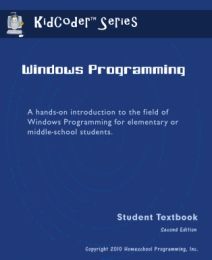
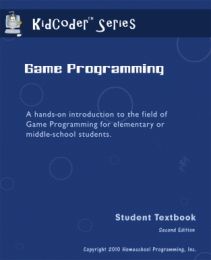
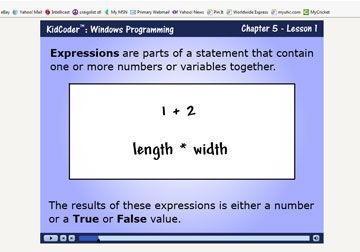
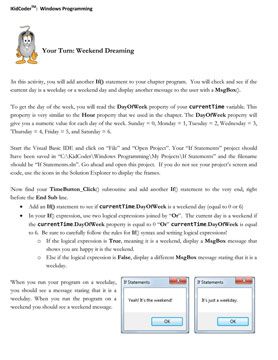
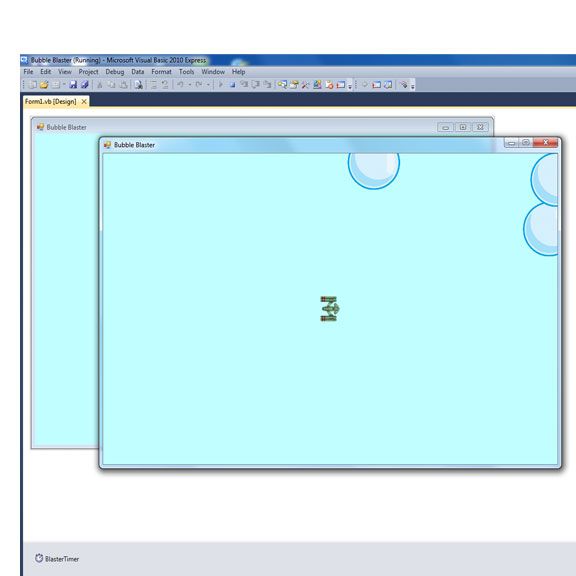



 Contrary to its name, paper money in the United states is printed on a blend of linen and cotton. I propose that the Treasury department start adding some spandex to help me stretch my dollar a little bit further each month.
Contrary to its name, paper money in the United states is printed on a blend of linen and cotton. I propose that the Treasury department start adding some spandex to help me stretch my dollar a little bit further each month. 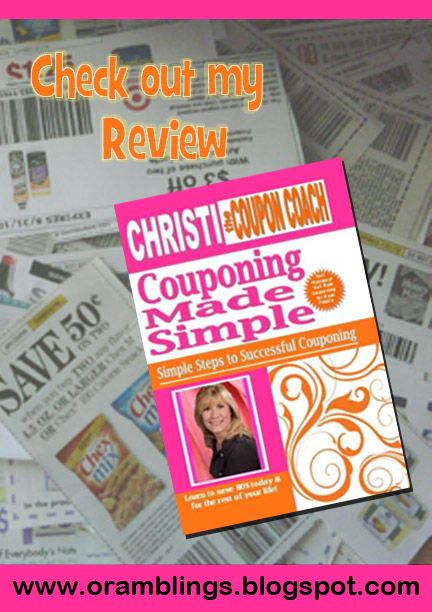
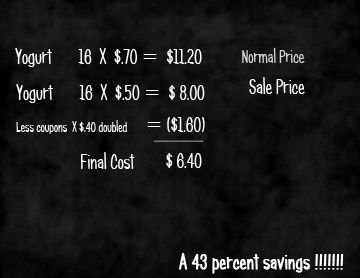
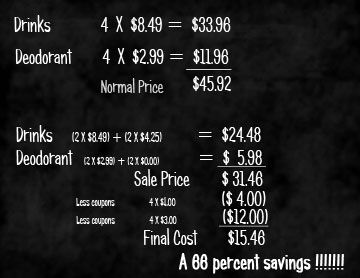


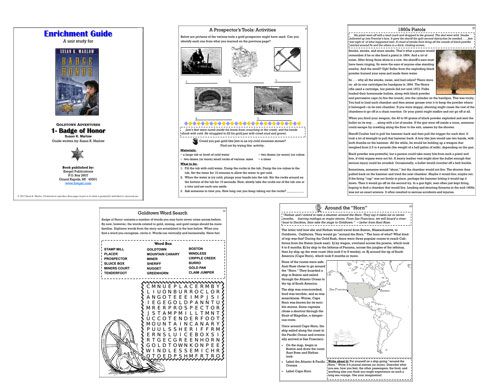
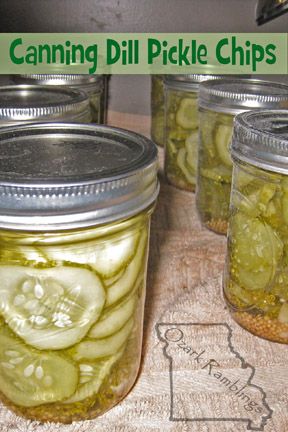
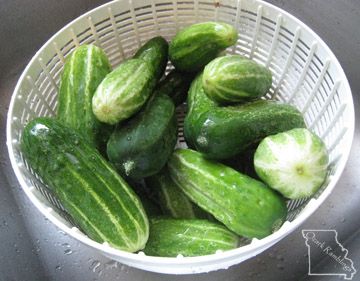
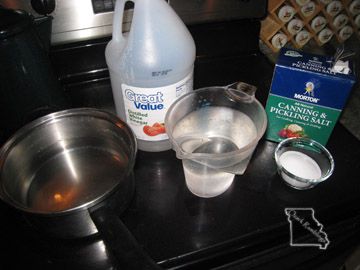

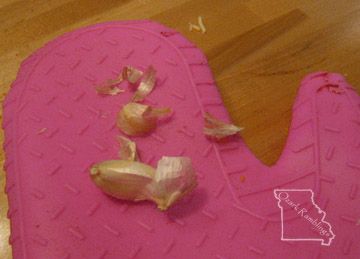
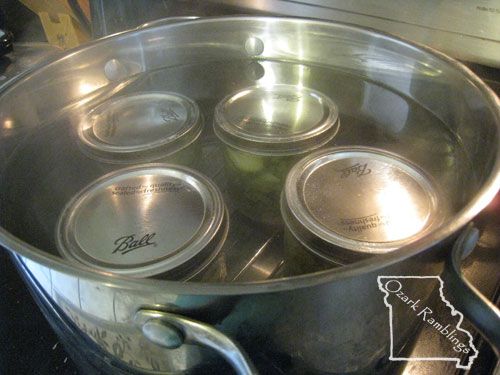

 This “Big Mama” planner has over 800 pages sells for $39.99. It has calendars in a variety of formats, almost 80 pages of homeschooling articles, another 80 pages of lists (composers, states & capitals, periodic tables, etc.) forms for recording field trips, library books, and progress charts. And that’s just the school side of the planner. On the house side are dozens of recipes, grocery lists and meal planning pages, chore charts, family medical records, financial forms and more.
This “Big Mama” planner has over 800 pages sells for $39.99. It has calendars in a variety of formats, almost 80 pages of homeschooling articles, another 80 pages of lists (composers, states & capitals, periodic tables, etc.) forms for recording field trips, library books, and progress charts. And that’s just the school side of the planner. On the house side are dozens of recipes, grocery lists and meal planning pages, chore charts, family medical records, financial forms and more. 
 The Intermediate Planner ($19.00) is for 5th-8th graders (and their parents). There are planning sheets, calendars, and an address book. There are also forms for book reports, a kid’s financial record, and Bible reading schedules.
The Intermediate Planner ($19.00) is for 5th-8th graders (and their parents). There are planning sheets, calendars, and an address book. There are also forms for book reports, a kid’s financial record, and Bible reading schedules.



